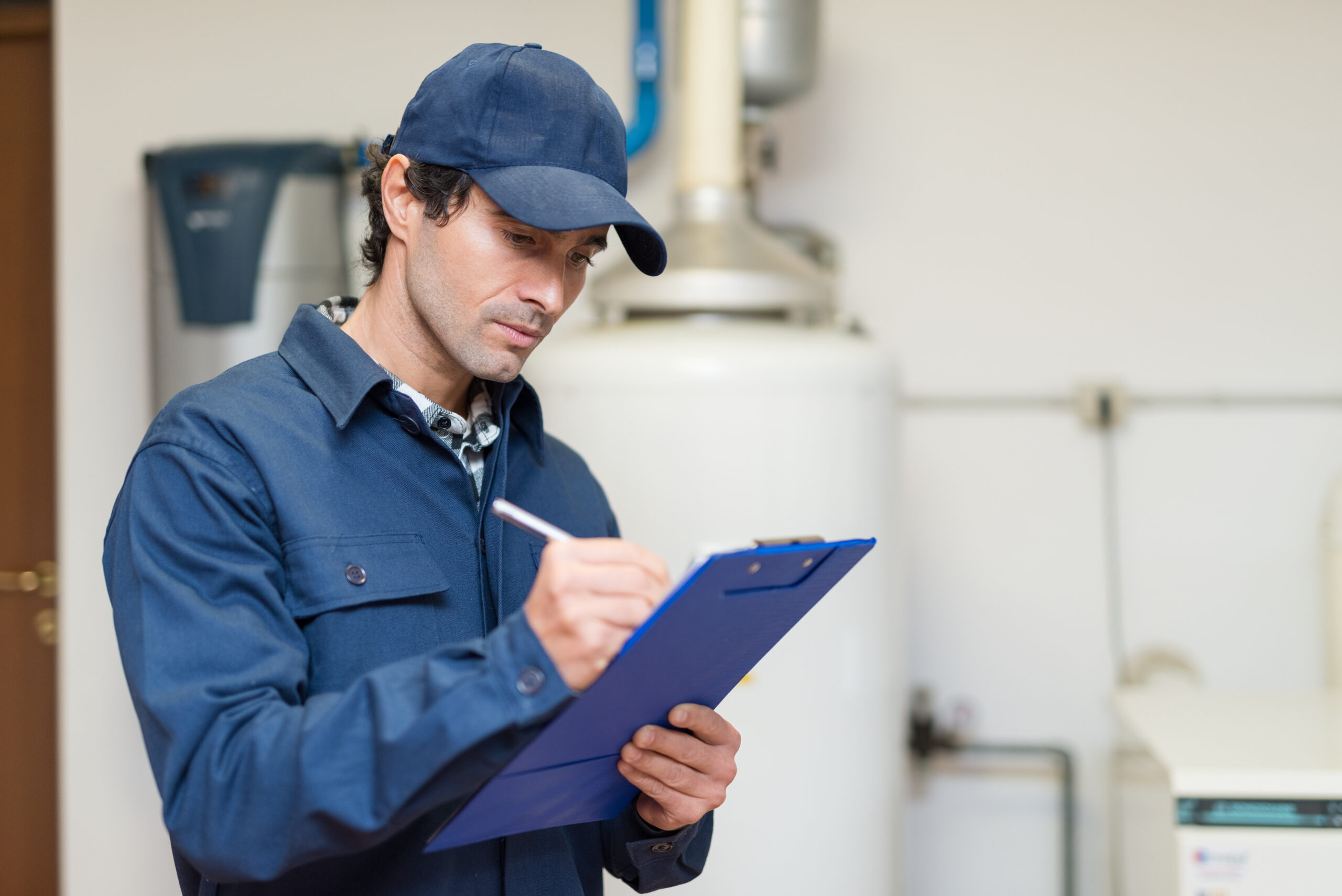
When long-term measurements exceed 200 Bq/m3, Health Canada provides timeframes for mitigation:

Radon Mitigation System (or Active Soil Depressurization, ASD) is an effective way to reduce the radon in any building. A C-NRPP Mitigation Professional is trained on the CGSB Standard and will follow proper protocols to install the most efficient system for your home or building.
Reduce high radon levels. A radon mitigation system is a proven, efficient method to reduce radon levels.
If you have tested your home and discovered it requires radon mitigation, hire a C-NRPP Certified Professional.
Proper installation of a radon mitigation system is important. A C-NRPP professional will use diagnostic methods to ensure the system is properly located and to choose an appropriate fan size. Once the mitigation system is running, it changes the pathway for the radon. Instead of entering the home through gaps in the foundation, radon is drawn through the pipe and exhausted outside.
After mitigation, many homes have radon levels that are comparable to radon levels in outdoor air. Additional benefits may also include lower humidity in the basement, and lower levels of other soil gases entering the home. A C-NRPP Professional can also educate you on alternative methods, depending on what is best for your home/building.

Most homes can be mitigated for radon in one day. A C-NRPP Mitigation professional will need to conduct a series of diagnostic tests which will include drilling a couple of small holes in the far corners of the foundation and measuring pressure changes as they draw air. This will be used to create a system design that the installation of the system will be based on.
Once you have installed a radon mitigation system in your home, a C-NRPP mitigation professional should do a short-term radon test to ensure the system is effective in lowering the radon levels in the home. This should be started after the fan has been turned on for at least 24 hours for a minimum of 48 hours, and can be done using a professional Continuous Radon Monitor, C-NRPP Listed Professional Device short term test device or with an digital radon monitor.
Once the short-term test has confirmed the immediate effectiveness of the system, a homeowner should conduct a long-term test during the following heating season at minimum once every five years to confirm the continual effectiveness of the mitigation system.
The follow up long-term test can be done with a passive one use long-term test or with a digital radon monitor.
If you are using a digital radon monitor to measure the post mitigation radon levels, make sure you either reset the device after the mitigation has been completed so that you are looking at the data for the time period after the fan has been turned on.
Find C-NRPP’s Consumer Report for Electronic Radon Monitors here.
Find a list of one-use long-term detectors providers on the Take Action on Radon website here.